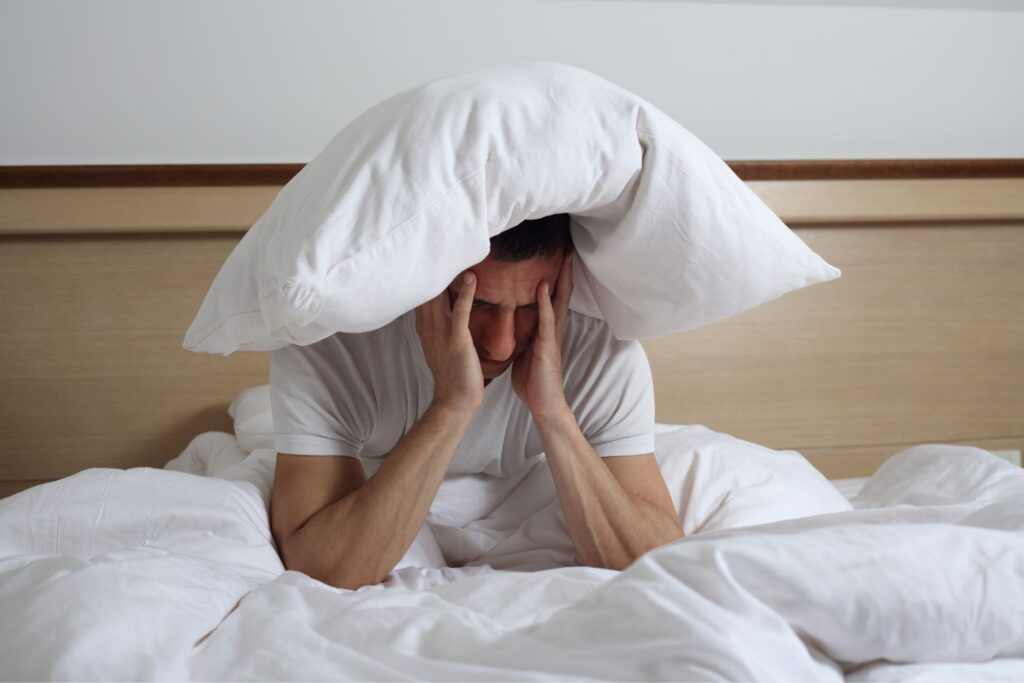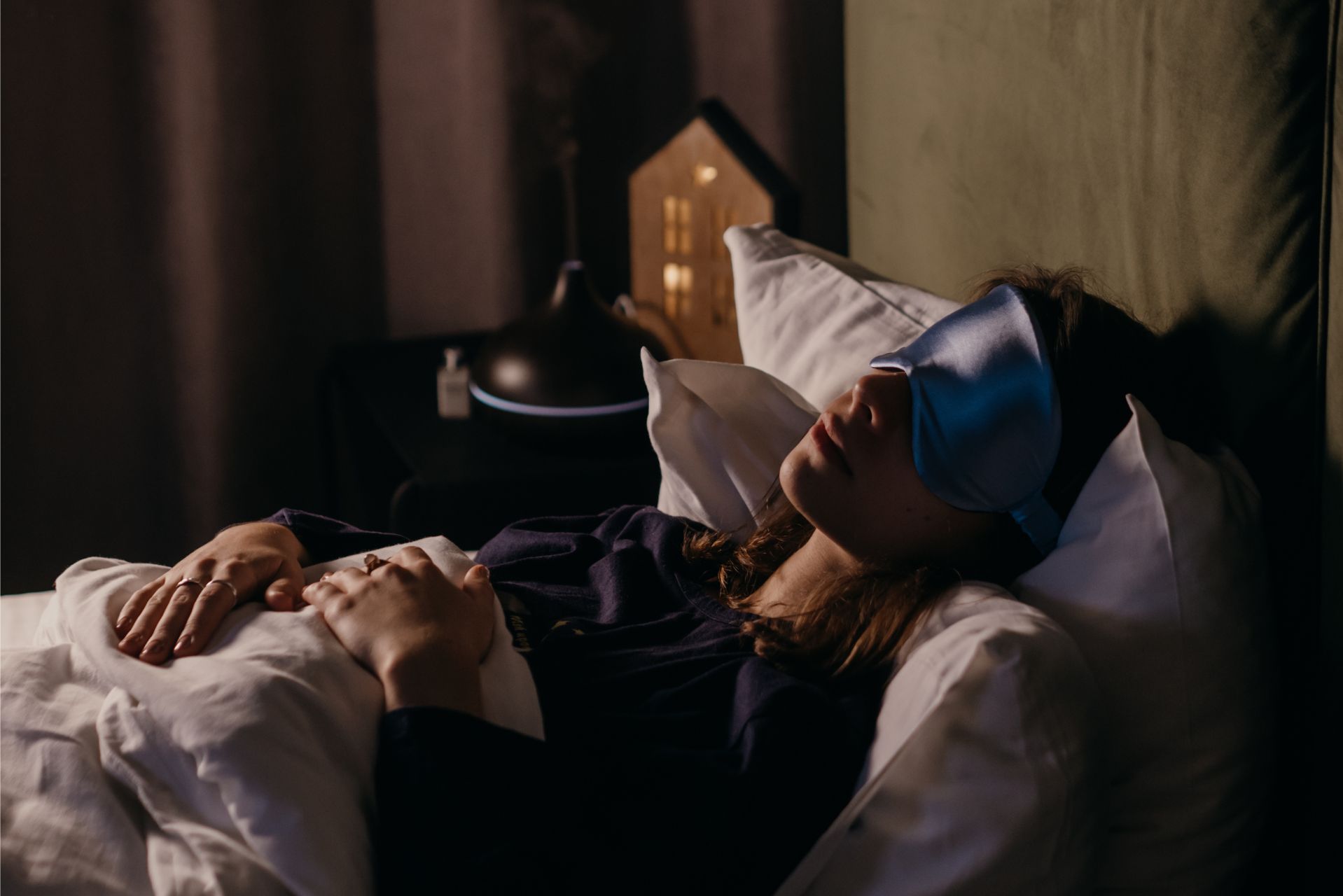Unlike standard treatments that may rely on sedatives or general advice, occupational therapy uses a personalised, whole-of-life approach. This includes in-depth assessment of a person’s routines, stressors, and roles to identify the root causes of sleep disruption and build practical, achievable solutions that fit seamlessly into everyday life.
Comprehensive Approaches in Occupational Therapy for Sleep Disorders
Occupational therapy begins with a detailed assessment. Sleep issues rarely exist in isolation—they’re tied to how a person lives, copes, and interacts with their environment. At Mental Health OT Australia, occupational therapists tailor sleep plans that focus on restoring balance across multiple domains of life.
One of the key strategies involves sleep hygiene education, which teaches clients to adopt regular bedtimes, reduce screen time before sleep, and build relaxing evening routines. Occupational therapists also examine bedroom environments for potential disruptors, such as noise, light, or inappropriate bedding. If necessary, therapists collaborate with psychologists, general practitioners, or sleep specialists for an integrated care approach.
For clients experiencing sleep disturbances due to mental health conditions, such as PTSD or anxiety, occupational therapists may also apply trauma-informed care techniques. In these cases, the focus extends to emotional regulation, stress management, and grounding techniques. These services complement therapeutic programs like occupational therapy for emotional regulation and occupational therapy for PTSD.
Another powerful approach used in some cases is cognitive behavioural therapy for insomnia (CBT-I), delivered within the occupational therapy framework. This helps individuals challenge unhelpful beliefs about sleep and create more adaptive coping mechanisms.
Meet the Expert: Bita Farhani
Bita Farhani, lead occupational therapist at Mental Health OT Australia, brings a wealth of expertise in adult and mental health-focused occupational therapy. Her person-centred approach ensures that each sleep intervention plan is grounded in empathy, clinical knowledge, and a genuine understanding of what clients need to thrive. Bita’s work is particularly valued in supporting those with trauma, anxiety, or life transitions that may be disrupting their sleep.
Real-World Applications of OT for Sleep
Whether working with an adult adjusting to shift work, a veteran with post-traumatic sleep difficulties, or someone managing ADHD-related sleep challenges, occupational therapy addresses the unique demands of each client’s lifestyle.
A young adult recently referred to Mental Health OT Australia was struggling with concentration, irritability, and fatigue due to chronic insomnia. Following a full functional assessment and the introduction of structured routines, mindful breathing techniques, and environmental changes, the client reported significantly improved sleep within six weeks—along with better focus and mood regulation.
Services like functional assessment occupational therapy are often the first step in identifying how daily habits, routines, and stressors are interfering with sleep.
When Should You Seek Help from an Occupational Therapist?
If sleep issues have persisted for more than a few weeks, or if they’re impacting work, relationships, or mental wellbeing, it’s time to seek support. Occupational therapists work with individuals of all ages to address complex factors behind sleep problems and offer sustainable, real-life strategies.
Clients seeking help can easily reach out to the team at Mental Health OT Australia via 📞 0406107775 or 📧 info@mentalhealthotaustralia.com, or visit the contact page to book a consultation.
FAQs
What types of sleep problems can occupational therapy help with?
Occupational therapy is effective in managing insomnia, delayed sleep phase syndrome, anxiety-related sleep disturbances, and sensory-based disruptions. Therapists also assist people recovering from concussion or trauma that’s impacted sleep quality.
Is occupational therapy suitable for children with sleep issues?
Yes. Occupational therapy can support children with behavioural sleep problems, anxiety, autism, or sensory processing disorders that interfere with rest. While this article focuses on adult services, many providers also offer paediatric occupational therapy.
How long does it take to see results?
Sleep improvements can be noticeable within a few weeks when interventions are followed consistently. However, chronic sleep issues may require longer-term support, especially when linked to mental health or neurological conditions.
Occupational therapy for sleep disorders is a gentle, empowering, and scientifically grounded option that gets to the heart of why people struggle with rest. By weaving healthy sleep into the fabric of daily life, it promotes not only better nights—but better days.









